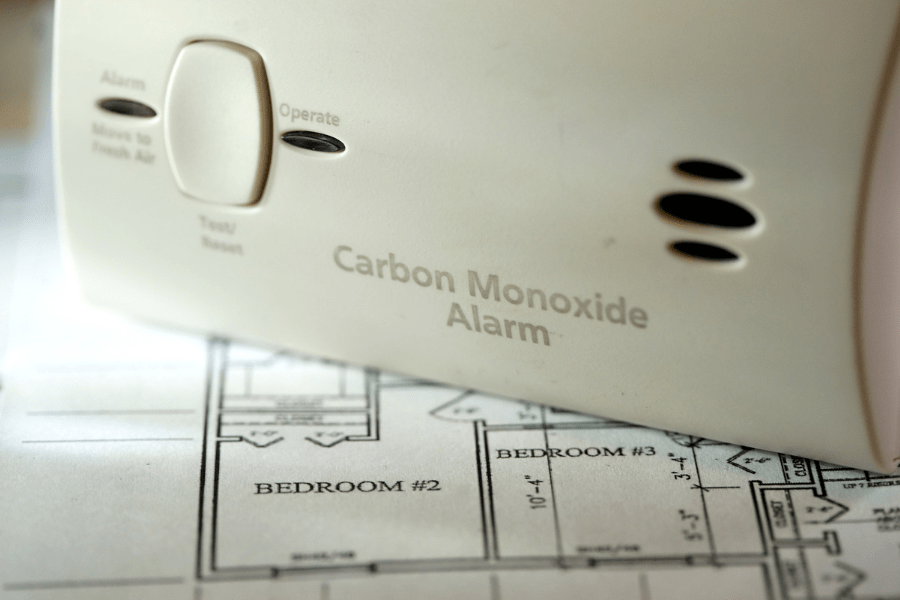
Are you renting an apartment and wondering whether renters insurance is worth the cost? It’s time to dive into the benefits of renters insurance, typical coverage, and why it’s a must-have for apartment living.
Is renters insurance really worth it?
The short answer: Yes. Renters insurance protects your personal property and provides peace of mind.
Imagine this scenario. A kitchen fire starts in your neighbor’s apartment, and the damage extends to your unit. Without insurance, you’d have to cover the cost of replacing your belongings, repairing any damage, and finding temporary housing yourself. Renters insurance provides a safety net, offering financial protection if the unexpected happens.
One common misconception is that renters insurance is expensive. Typically, the cost of renters insurance is quite reasonable, especially when you compare it to the potential financial burden of replacing your belongings, dealing with property damage, or being displaced from your home. In Texas, renters pay an average of $173 per year. That’s less than $15 per month.
What is typically covered by renters insurance?
The standard renters insurance policy covers various scenarios, including:
- Personal property. Your belongings, such as furniture, electronics, clothing, and jewelry, are covered against dangers like fire, theft, and vandalism.
- Liability protection. If someone gets injured in your rented space, insurance can help cover medical expenses and legal fees if you’re found responsible.
- Additional living expenses. If your apartment becomes uninhabitable due to a covered event, your insurance can help with temporary housing, meals, and other unexpected expenses.
- Loss of use. If you need to move out temporarily, your policy may cover the costs associated with living elsewhere.
Check your policy for specific coverage. Some properties have definitive coverage you are required to carry. Make sure to check your lease and discuss options with your property manager. The property managers at Class A Management partner with local insurance agents at each of our managed properties to help renters find the right coverage.
Do you need renters insurance?
Yes, you do. While landlords may have insurance to cover the building, their policy typically doesn’t extend to your personal belongings. Without insurance, you will be footing the bill for replacing your items or dealing with the aftermath of unforeseen events.
Requirements and benefits for apartment living
Many landlords now require tenants to have renters insurance as part of the lease agreement. It’s a sensible requirement that benefits both parties. For landlords, it ensures that their tenants are financially protected, reducing the likelihood of disputes and legal issues.
As a tenant, the benefits extend beyond just protecting your belongings. Insurance provides a sense of security, knowing that you have a financial safety net and won’t be left out in the cold due to natural disasters and other damaging events. It’s easy to request renters insurance quotes and find a policy that fits your budget.
We always hear you can afford something if you skip a cup of fancy coffee. If you find a policy that fits your needs and budget, you can still enjoy your coffee even more knowing you are protected. Don’t wait until it’s too late – get coverage today and safeguard your home and belongings.




